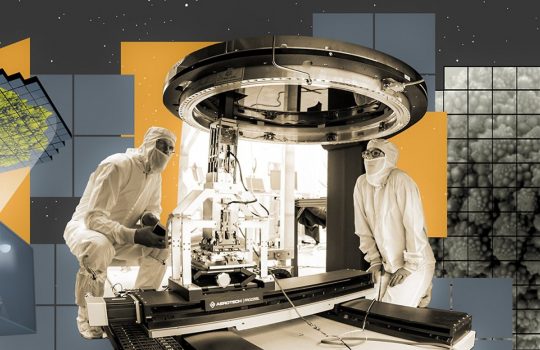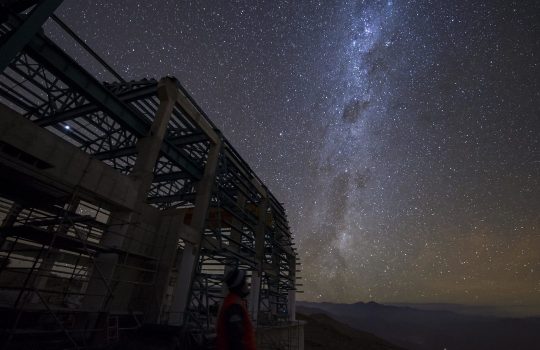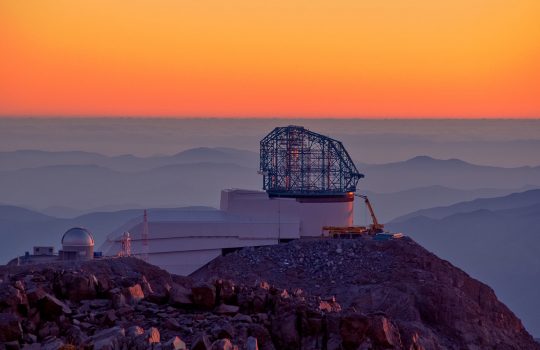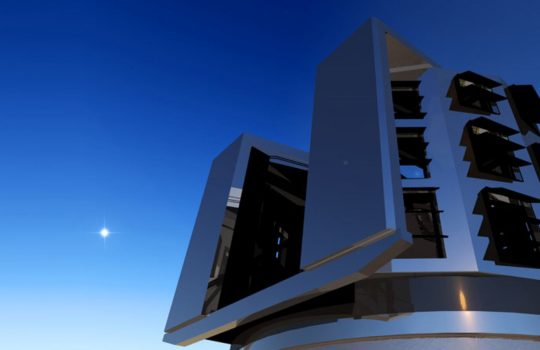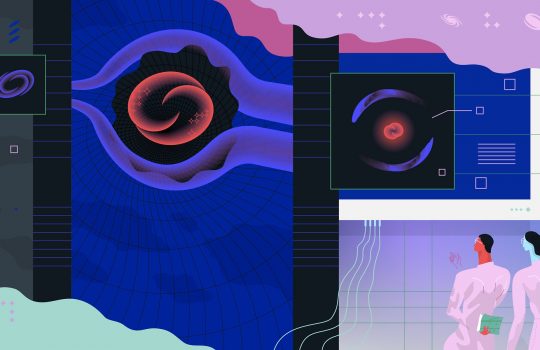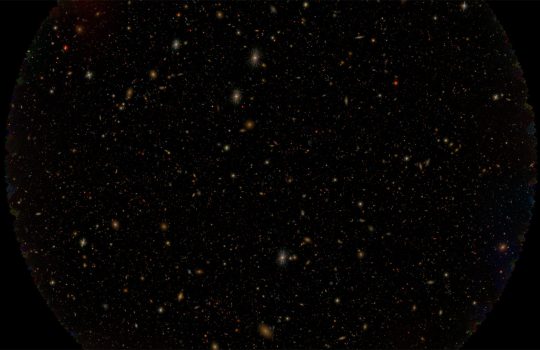Scientists capture largest digital photo ever taken in a single shot
Sensors for the world’s largest digital camera have snapped their first 3,200-megapixel images at SLAC. Crews at the SLAC National Accelerator Laboratory took the photo with an extraordinary array of imaging sensors that will become the heart and soul of the future camera of Vera C. Rubin Observatory.

